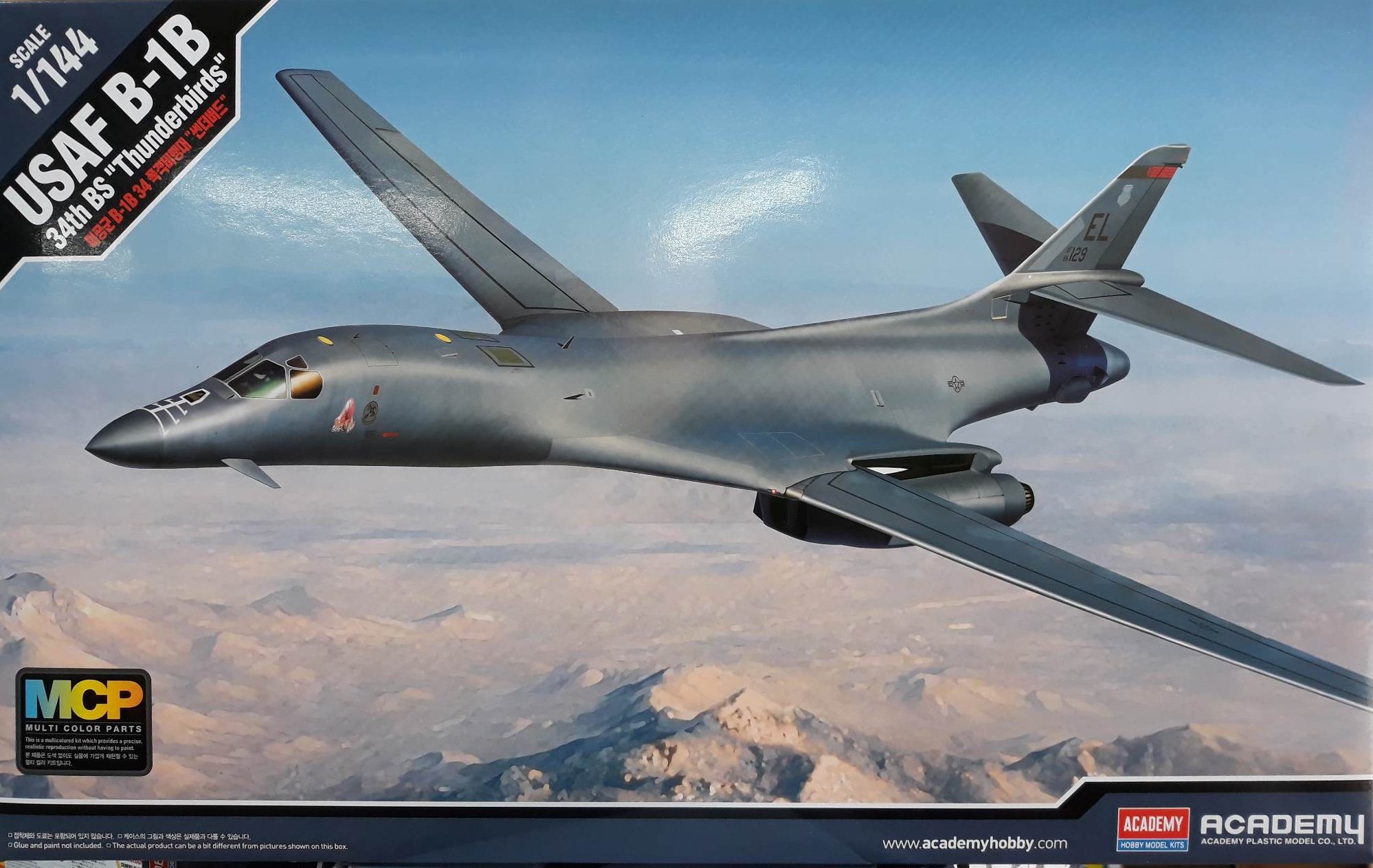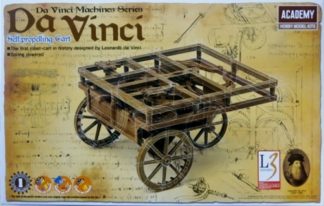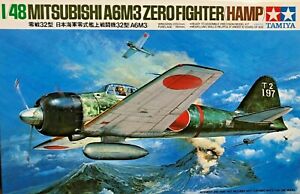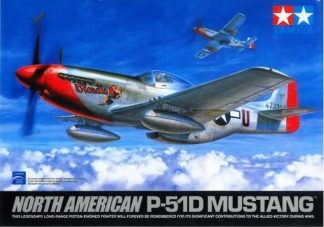Description
During the 1950s, the Strategic Air Command (SAC) had transitioned to an all-jet bomber force with the B-52 Stratofortress replacing the B-36 and the B-47 Stratojet replacing the remaining bombers of various types. As the Soviet threat grew, SAC had also introduced the B-58 Hustler that could penetrate at Mach 2 though hostile airspace. Development of a faster bomber was in progress with the Mach 3 XB-70 Valkyrie when the concept of high-speed, high-altitude bomber penetrations were negated with the Soviet’s shoot-down of a U-2 in 1960. Overnight, bomber penetration went from high-altitude to low-level penetration and while the B-47 and B-52 could manage the change, the B-58 was unsuited for high-speed/low-level operations, and the XB-70 was also unsuitable to the change as well.
In the interim, a derivative of the F-111 program, the FB-111A, was acquired by SAC to fill the high-speed/low-level void and replace the B-58 as well as early B-52s. This interim solution allowed SAC time to work on a better bomber design to replace the B-52 and eventually the FB-111A. The new bomber proposed by Rockwell became the B-1A Lancer and could fly at over Mach 2 at altitude before descending for a high-speed subsonic penetration into enemy airspace. As the first prototypes were undergoing flight test at Edwards AFB, President Jimmy Carter unilaterally cancelled the B-1 program in hopes of getting similar concessions from the Soviets (none came).
In the early 1980s, President Ronald Reagan began his push to counter the Soviets and ordered the B-1 back into production. 100 examples were to be built with changes in design specifications, and this led to the B-1B Lander entering service. Two of the more notable changes to the B-1B: elimination of the crew capsule that would carry the crew from a disabled aircraft similar to the F-111/FB-111; and redesign of the engine inlets/nozzles to allow for near-supersonic flight on the deck and Mach 1.2 cruise at altitude. While the B-1 program endured a number of engineering problems early in its operational life, the aircraft has proven its worth as a conventional bombing platform in a variety of roles.
There haven’t been many kit options for the B-1 series in 1/144, with only Minicraft’s B-1A as the sole example of that subject and B-1B examples from Dragon and Panda. Here is a new-tool B-1B from Academy, with this edition featuring multi-color plastic for those who wish to build their B-1B without paint. This kit is molded in styrene and presented on nine parts trees – five in dark gray, two in black, one in white, and one in clear. Construction is very straightforward with a number of features and options:
- Simple two-place flight deck
- Wings will pivot into one of four positions
- Positional weapons bay doors
- Rotary bomb racks with two types of bombs are provided for open bomb bays
- Positionable landing gear
- Optional Sniper XR pod and fuselage pylon
- Paint masks are provided for the clear cockpit enclosure
The kit provides markings for the following aircraft:
- B-1B, 86-0129, 34 BS/28 BW, Ellsworth AFB, 2016, deployed to Osan AB, ‘Black Widow’
- B-1B, 86-0124, 9 BS/7 BW, Dyess AFB, 2017, TDY to RAF Fairford
- B-1B, 86-0123, 9 BS/7 BW, Dyess AFB, 2017



